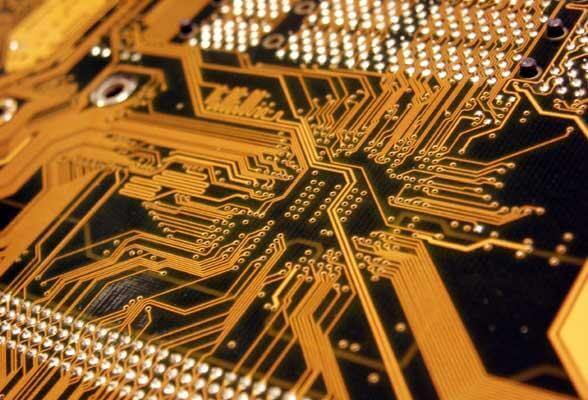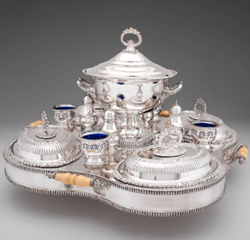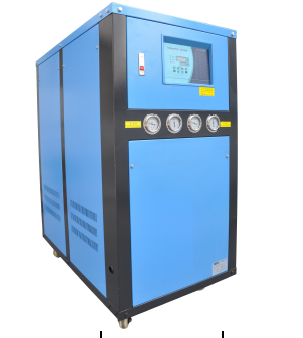In circuit board production there are four kinds of special plating methods, refers to the row of plating equipment, through-hole plating, reel linked to the choice of plating, brush plating, this article for everyone to introduce these four special methods.
1, refers to the row of plating equipment
It is often necessary to plate a rare metal on a board edge connector, board edge contact, or gold finger in electroplating to provide lower contact resistance and higher wear resistance. This technique is referred to as finger-plating or protrusion plating .
In the plating is also often plated in the inner layer of nickel plated plate edge connector protruding contacts, gold finger or board prominent part of the use of manual or automatic plating technology, the current contact plug or gold finger plated has been plated Lead, plated button instead.
2, through hole plating
There are many ways in through-hole plating to create a desirable plating on the walls of the drilled holes in the substrate, which is called pore wall activation in industrial applications. Commercial production of their printed circuits requires multiple intermediate storage tanks, each of which has its own control and maintenance requirements.
Through-hole plating is a necessary and subsequent manufacturing process for the drilling process. As the drill bit dries through the copper foil and its underlying substrate, the heat generated causes the molten synthetic resin, which melts and melts the insulating synthetic resin that forms the basis of most substrates, along with other drilling debris Stacked around the hole, coated on the newly exposed hole in the copper foil wall.
In fact this is detrimental to the subsequent plating surface, and the molten resin will leave a further hot layer on the walls of the substrate, which exhibits poor adhesion to most activators, requiring development of another Akin to stain removal and etchback chemistry: ink!
The inks are used to form a highly adhesive, highly conductive coating on the inner wall of each through-hole, eliminating the need for multiple chemical processes and requiring only one application step, followed by thermal curing, The inside forms a continuous film that can be directly plated without further treatment. This ink is a resin-based material that has a very strong bond that can be easily bonded to most hot-polished hole walls, eliminating the need for etchback.
3, Rolling linked with the choice of plating
Pins and pins of electronic components, such as connectors, integrated circuits, transistors and flexible printed circuit are chosen to achieve good contact resistance and corrosion resistance.
This plating method can be used manual plating production line, you can also use automatic plating equipment, a separate selection of each pin plating is very expensive, it is necessary to use bulk welding, plating production will usually be the desired thickness of the metal foil Punching at both ends, using chemical or mechanical methods for cleaning, and then selectively using such as nickel, gold, silver, rhodium, button or tin-nickel alloy, copper-nickel alloy, nickel-lead alloy for continuous plating.
4, brush plating
The last method is called “brush plating”: it is an electrodeposition technique in which not all parts are immersed in the electrolyte. In this electroplating technique, only a limited area is plated without any effect on the rest.
[/fusion_text][/fusion_builder_column][/fusion_builder_row][/fusion_builder_container]





